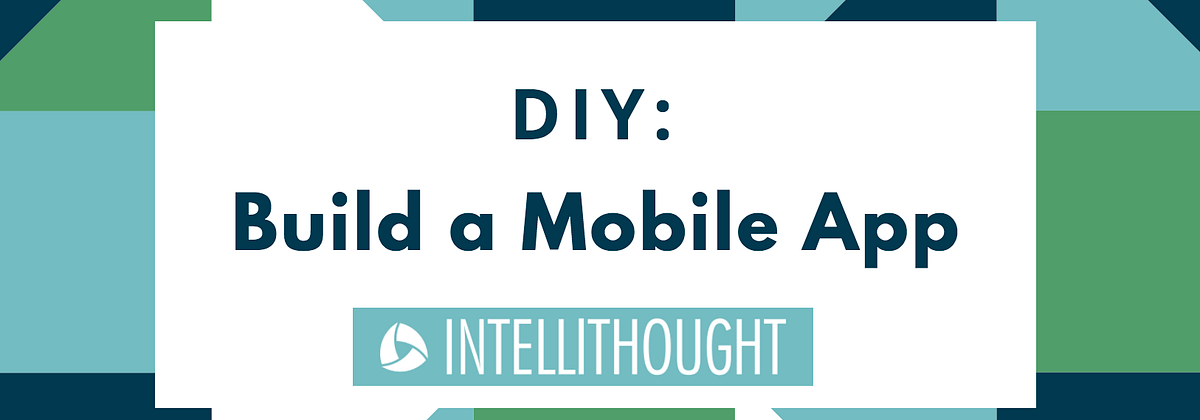
What apps do you use the most? Maps, Instagram, Gmail? Your favorite apps were all likely built by teams of software engineers and designers with years of experience and brains of mind-bending logic. These software engineers earn an average salary of $120,000 to build beautiful apps. Well, guess what.
You don’t have to be a software engineer to build a mobile app.
YOU don’t have to know code to build an app. However, your app will require code. This part can be hired out. Below, we look at the steps to build an app that you can do yourself, reducing the amount of time for which you have to pay a coder. The result of these steps won’t be a finished app, but you can save money and headache by following them first.
Validate Your Idea
This is the ultimate time and money-saving question: Is it worth it to build an app? Here are some things to do first that could save you weeks of work and thousands of dollars.
- Check the App Store to see if something like your idea already exists
- Bounce the idea off your social networks (online and offline)
- Build a simple landing page website and run some PPC ads
- Is the conversion rate 6% or better?
- If yes, you may have a viable app idea on your hands!
If you don’t know how to code, start looking for a designer and a developer. It can take some time to find the right programmer to employ/partner with. It’s never to early to start networking.
Study UI/UX
With a promising app idea, you need to start researching User Interface/User Experience (UI/UX). User Interface is how the human interacts with the machine. You want this to be as simple, intuitive, and smooth as possible. Remember this tip:
Users don’t want to think.
Technology exists to make life easier, faster, and more satisfying. So even if your app is an amazing concept, if the UI is a pain to navigate – no one will use it, and your idea will be wasted.
As you research UI, write everything down so that when you start designing the look, feel, sounds, and content of your app, you have the pieces to complete the puzzle. Look at other apps (your favorite ones) to gather ideas.
Create a Flow Chart
The next step after learning about UI (note: you never stop learning about UI – it’s an endless and constantly evolving field), is to put together a flow chart of user interactions. Things to think about here include:
- When users first download the app, what happens?
- What is the home screen that the user always sees when s/he opens the app?
- Where will users be spending most of their time in the app?
- What are the logical steps to extracting value out of the app?
Map out the users’ movement through the app. This is an intense logical exercise, but you will thank yourself in the end. It forces you to think through every detail of the app, allowing you to craft the experience of user.
In the words of Apple Chief Design Officer, Jony Ive:
“True simplicity is, well, you just keep on going and going until you get to the point where you go, ‘Yeah, well, of course.’ Where there’s no rational alternative.”
When putting together your flow chart, strive for simplicity.
Begin Branding
Your app will have a logo, a home screen icon, colors, menus, images, shapes, and spaces – all of which can add or subtract value from your app. You don’t necessarily need any artistic ability to come up with a creative direction for your app, but you will want to hire a designer to implement your ideas professionally.
However, you can save a lot of money by coming to the table with a clear vision for the look and feel of your app. Put together a folder with examples of what you like in other apps or websites, develop a color template, think about how the vision for the app will be embodied by the branding. You can even begin drawing up rough drafts of logos or screens. All of this will greatly decrease the amount of time you have to pay a designer.
Do you have an idea for an app? Contact us. Our team of experienced developers and designers can help bring your idea to life – no matter where you are in the process.

